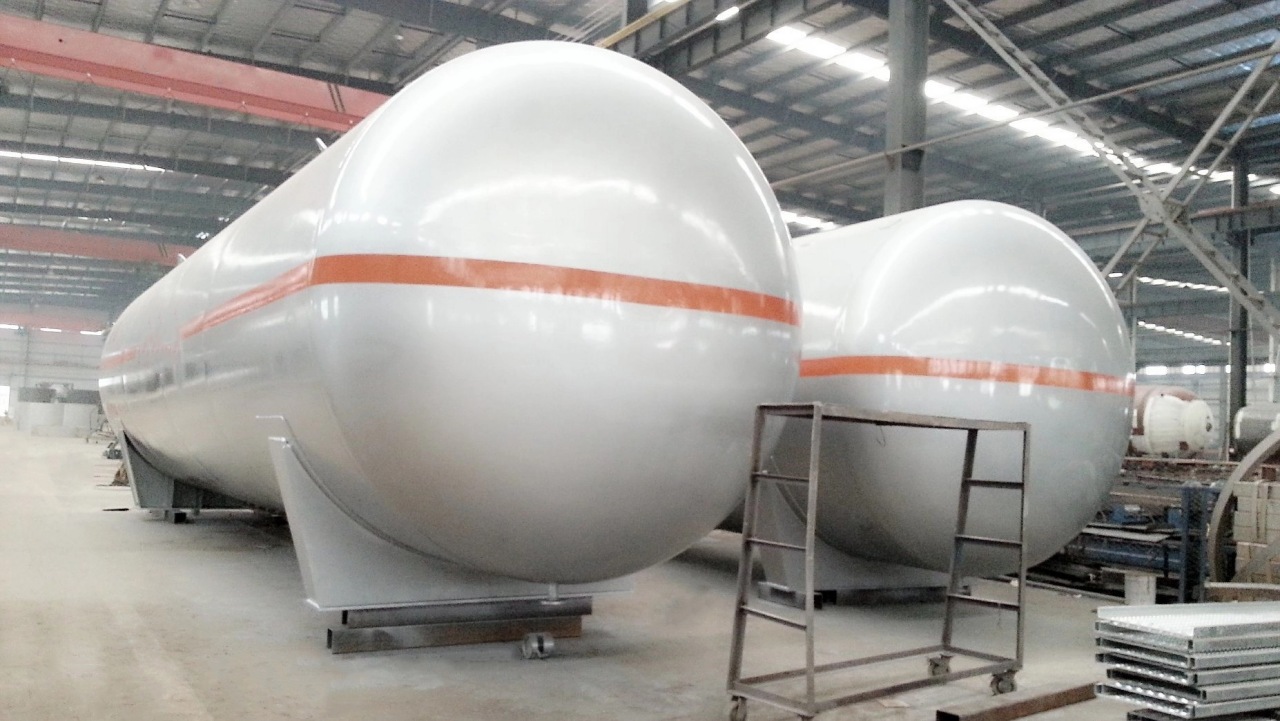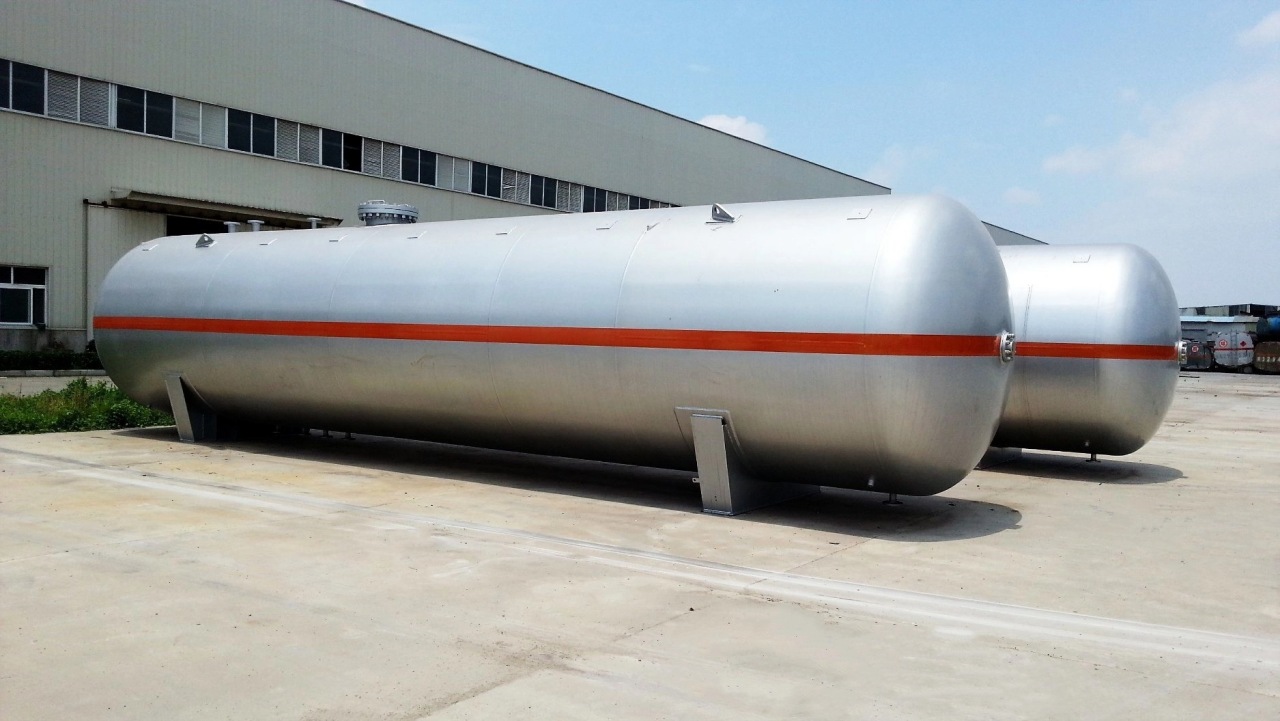Pressure vessels are a cornerstone in many industries, designed to safely contain and store gases and liquids at higher pressures than atmospheric pressure. The primary function of a pressure vessel is to ensure the safe containment and management of pressurized substances, often at extremely high pressures or temperatures. With their diverse applications, from industrial manufacturing to oil and gas sectors, pressure vessels play a critical role in modern society.
In this guide, we will explore the fundamentals of pressure vessels, their applications, and safety considerations to provide a comprehensive understanding of this essential piece of equipment.
What is a Pressure Vessel?
A pressure vessel is a container designed to hold substances at a pressure significantly different from the ambient pressure. These vessels are typically constructed from metals, such as carbon steel, stainless steel, or alloys, that can withstand the pressure without failing. The design of a pressure vessel often includes a cylindrical or spherical shape, although other configurations are possible, depending on the application.
Pressure vessels are subject to rigorous engineering standards and codes to ensure they can safely handle the internal pressures and potential hazards associated with their contents. These standards vary by country but are typically defined by organizations like the American Society of Mechanical Engineers (ASME) and the European Pressure Equipment Directive (PED).

Types of Pressure Vessels
- Storage Vessels: These are used to store gases or liquids at high pressure for extended periods. Examples include gas storage tanks and LNG (liquefied natural gas) tanks.
- Reactors: Common in chemical engineering, reactors are vessels where chemical reactions take place under controlled pressure and temperature conditions.
- Heat Exchangers: These pressure vessels transfer heat between fluids. They are widely used in energy production, HVAC systems, and chemical processing.
- Air Compressors: Air is often compressed in pressure vessels for industrial applications, including in manufacturing plants and pneumatic systems.
- Boilers: Boilers are used in power plants and industrial settings to generate steam, which is often used for energy production or in various manufacturing processes.
- Hydraulic Cylinders: These pressure vessels are used to store hydraulic fluid at high pressures, providing power for machinery like construction equipment and manufacturing tools.
Applications of Pressure Vessels
Pressure vessels are used in a wide range of industries and applications, including:
1. Oil & Gas Industry
In the oil and gas sector, pressure vessels are integral in the extraction, processing, and transportation of gas and liquids. These vessels are used in separators, storage tanks, gas compressors, and refining units. Pressure vessels are particularly important in offshore rigs, where they must withstand extreme conditions like high temperatures and corrosive environments.
2. Chemical & Petrochemical Industry
The chemical industry relies heavily on pressure vessels for a variety of purposes, including the storage of chemicals and the conduction of reactions in reactors. These vessels must be built to withstand aggressive chemicals and harsh operating conditions. Additionally, pressure vessels are used in distillation columns, absorption towers, and filtration systems.
3. Power Generation
In power plants, pressure vessels are used in boilers, turbines, and heat exchangers. Boilers operate at high pressures to produce steam, which drives turbines to generate electricity. The safety of these vessels is crucial, as failure can result in catastrophic accidents, such as boiler explosions.
4. Food & Beverage Industry
Pressure vessels are often used in food processing, particularly for pasteurization and sterilization. In this industry, maintaining sanitary conditions is paramount, and pressure vessels are designed to meet stringent health and safety regulations. Carbon dioxide and other gases may also be stored under pressure for use in beverages, such as in carbonation processes.
5. Medical & Healthcare Applications
In the medical field, pressure vessels are used in various applications, including sterilization chambers (autoclaves), oxygen tanks, and hyperbaric oxygen therapy chambers. These vessels need to meet high standards of reliability and cleanliness to ensure patient safety.
6. Manufacturing and Engineering
Pressure vessels are employed in industrial applications where compressed air or fluid is used for mechanical power, such as in pneumatic systems, hydraulic equipment, and compressors.

Key Components of Pressure Vessels
Pressure vessels typically consist of several key components, each of which must be carefully designed and constructed to ensure safety and performance:
- Shell: The shell is the outer body of the vessel that contains the pressure. It is typically cylindrical or spherical and is designed to withstand the internal pressure exerted by the contents.
- Heads: These are the ends of the vessel, which can be flat, hemispherical, or elliptical. The shape of the heads affects the strength and pressure tolerance of the vessel.
- Nozzles and Fittings: Pressure vessels have openings for the inlet and outlet of fluids, gases, and other substances. These nozzles and fittings are designed to handle the pressure without leaking.
- Reinforcements: In some cases, pressure vessels are reinforced to handle higher pressures. Reinforcements can include thickened sections, stiffeners, or external supports.
- Supports and Skirts: For larger vessels, supports or skirts are used to prevent the vessel from tipping over or deforming under its weight.
- Internals: Pressure vessels may contain internal structures such as baffles, trays, or tubes that aid in the separation, mixing, or heat exchange of the contents.
Safety Considerations in Pressure Vessel Design
Given the critical nature of pressure vessels, safety is of paramount importance in their design, construction, and maintenance. A pressure vessel failure can lead to catastrophic outcomes, including explosions, fires, and the release of hazardous materials.
1. Design Codes and Standards
Pressure vessels must comply with strict design codes and standards, such as the ASME Boiler and Pressure Vessel Code (BPVC) in the United States and the PED in Europe. These standards dictate material selection, wall thickness, weld quality, and testing procedures to ensure the vessel can withstand operating conditions.
2. Material Selection
The materials used in pressure vessel construction must be carefully chosen based on the properties of the substance to be stored or processed, as well as the operating conditions. Materials must be resistant to corrosion, fatigue, and thermal expansion.
3. Pressure Relief Systems
Pressure relief valves are critical safety devices that automatically release excess pressure to prevent over-pressurization and failure. These valves are carefully calibrated and regularly tested to ensure they function properly.
4. Inspection and Maintenance
Regular inspections are essential for identifying potential weaknesses or issues that may compromise the vessel’s integrity. Common inspection techniques include ultrasonic testing, radiographic testing, and hydrostatic testing, where the vessel is filled with water to check for leaks or deformations.
5. Safety Training
Personnel working with or around pressure vessels must undergo proper training to understand the risks and safety procedures. Emergency protocols must be in place in case of a failure, including evacuation plans, fire suppression systems, and first-aid measures.
6. Monitoring
Continuous monitoring systems are often employed to track the internal pressure, temperature, and other variables of a pressure vessel. These systems help operators identify abnormal conditions and take corrective actions before an accident occurs.

Conclusion
Pressure vessels are an indispensable part of many industries, serving a wide range of applications from energy production to chemical processing. The importance of ensuring their safe design, construction, and maintenance cannot be overstated. By following stringent design standards, selecting appropriate materials, and implementing safety protocols, the risks associated with pressure vessels can be minimized.
With proper attention to detail, pressure vessels will continue to serve as reliable, high-performance equipment for critical industrial processes, helping to keep industries running smoothly while ensuring the safety of workers and the public.

